
Editor’s note: This is a guest post from Tim Ziegler.
Man has been cooking outdoors since the beginning of time. By ancient practice it was just one of the requirements of life in order to survive. Today, cooking outside is one of those manly arts that separate us from the animals. Cooking inside is more elaborate, more complicated, hotter (especially in summer!), and makes one’s entire domicile uncomfortably warm. AoM has previously covered this topic quite well in everything from foods you can cook on a stick to every manner of cooking and grilling outdoors.
What we’re talking about here today, though, is how to enhance the outdoor cooking experience by using personally created spice blends that will become signature flavor profiles in your home, on your backyard grill, and even over the campfire.
Using multiple single ingredient spices have been common in cooking forever. The pre-blending of spices, however, didn’t develop as a widespread commercial venture until the East India Company and the subsequent British Raj between 1757 and 1947. Members of the British Military and their families were returning to England and could not find the flavorful curries and masalas they had experienced in India. Sun Brand Curry was developed in 1876 and is one of the first and most successful spice blends in modern times. This blend became so popular in Europe and America that many people today still don’t know that “curry” is not a single spice, but a spice blend that varies from village to village, clan to clan, and family to family throughout India and Asia.
Before we get into blending, let’s look at what spices really are, then take a look at some specific categories.
What is a Spice?

SPICES poster I authored.
Here is the formal definition of spices from Food and Drug Administration Compliance Policy Manual:
Aromatic vegetable substances, in the whole, broken, or ground form, whose significant function in food is seasoning rather than nutrition. They are true to name and from them no portion of any volatile oil or other flavoring principle has been removed.
As you can see, “spice” is a broad term. As a group, they are comprised of every part of a variety of plants to include bark (cinnamon), root (ginger), leaf (basil), bulb (garlic), stem (lemon grass), flower (lavender), flower bud (cloves), berry (pepper), aril (mace), seed (coriander), pod (vanilla), stigma (saffron), and the list goes on. Additionally, almost every variety of shape, color, and texture in a plant make up spices. Commercially, spices are most commonly seen minced, diced, crushed, cut and sifted, ground, granulated, or whole. Different combinations of each of these characteristics provide a spice or seasoning blend with its taste, aroma, and visual appeal.
Below I break down these fundamental ingredients into a more digestible list:
Seeds

Coriander seed.
Seeds used in seasonings are mostly made up of the seeds from herbs. They are little flavor bombs that bring tremendous, intense flavor at a very affordable cost. They are typically used in sausage production and brines but are also key elements in almost every ethnic cuisine. Imagine Italian sausage without fennel seed, chili con carne without cumin seed, French food without mustard seed, or a Belgian White Ale without coriander seed. If you are striving for an ethnic cuisine profile, then identify what seeds you need to use to complement the meal. Seeds may be used whole, ground, or broken in your spice blend. One of the simplest techniques is to toast your seeds in a non-oiled sauté pan until the flavor blooms from the heat — be careful not to burn them.
Herbs
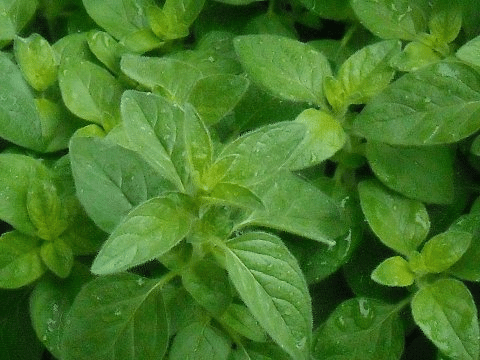
Oregano.
Herbs are almost always leafy and green — the notable exceptions being juniper and lavender flowers. Herbs are bright, intense, and usually bitter in flavor and are difficult to use in grilling, but when you figure out their nuances they are absolutely delicious. The way I use herbs in grilling is to suspend the spice/herb blend in olive oil and after the blend absorbs the oil, rub it liberally on the roast, poultry, or rib, and cook it low and slow (225 degrees or lower), using indirect heat to bring the flavors of the protein and herbs together.
Citrus
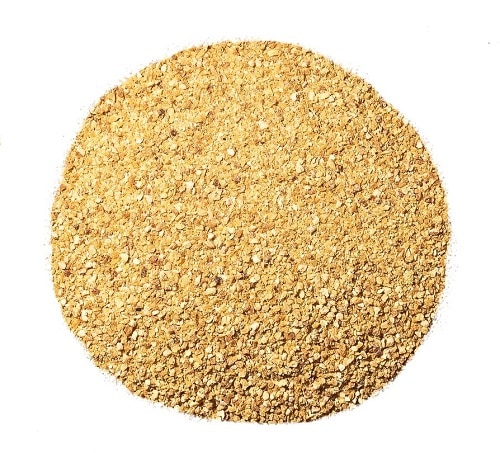
Lemon peel.
Popular in the Americas, citrus is relatively new to spice blends for grilling. Lemon pepper is famous on steak but a bit dated in the professional culinary world. Fresh lime peel and lime juice has a natural affinity for fish but is also essential to carne asada and to many coastal Mexican/Caribbean dishes. Orange marries very well with poultry and can be used in similar ratios to lemon peel with black pepper to make an orange pepper. Finished with a barbeque sauce, the poultry is sweet, tart, and biting.
Onion & Garlic
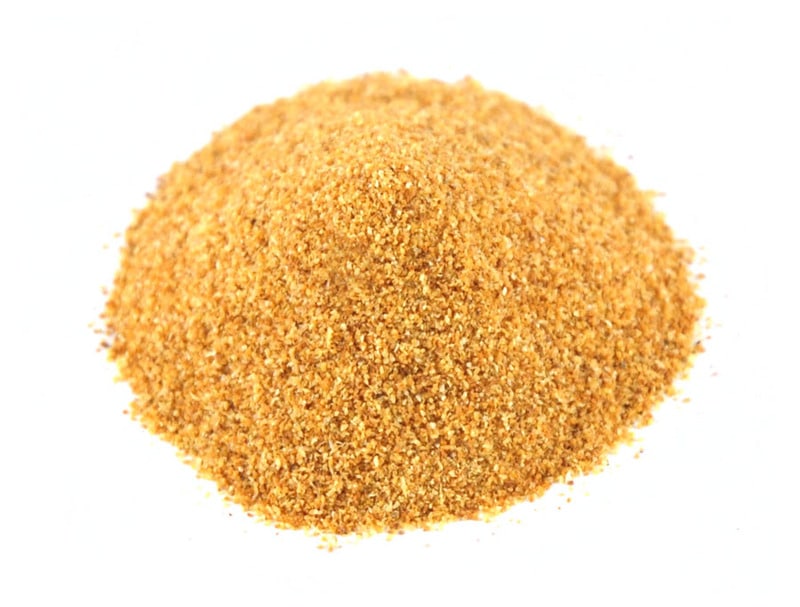
Garlic.
Onion and garlic are critical flavor profiles that add an element of nuttiness and some acridity and sweetness to a seasoning blend. Both are easy to overuse though, and a common caution about both is to add sparingly until you get the desired flavor and zip.
Spices
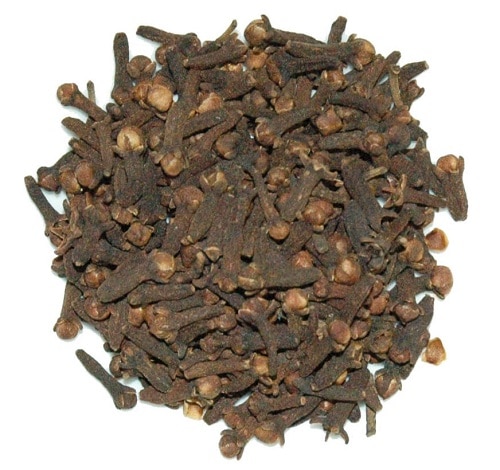
Whole cloves.
Spices are tropical in origin, essential to most ethnic cuisines, very intense in flavor, and usually very expensive. Spices are often used in very complex formulas like curries and masalas in combination with one another, but are often used as accents instead of as predominant flavors. A hint of cinnamon or cassia can be the perfect enhancement to a dish, but if it is overdone it will ruin the subtlety and overwhelm your guest’s palate.
Peppercorns

Tellicherry Garbled Extra Bold.
Peppercorns are mostly from the plant Piper nigrum — black pepper. One of the finest black peppers is purchased as TGEB — Tellicherry Garbled Extra Bold. Tellicherry is the region in Southwest India where it is grown. Garbled means that the peppercorns are un-sized. Extra bold refers to the intensity of the piperine — the volatile oil present in black pepper. When you taste Tellicherry pepper you will experience an intense, bright, bold flavor that will clear your sinuses and stimulate your palate like nothing else. Pepper combines well with citrus, garlic, spices, and even seeds — especially coriander.
Capsicums
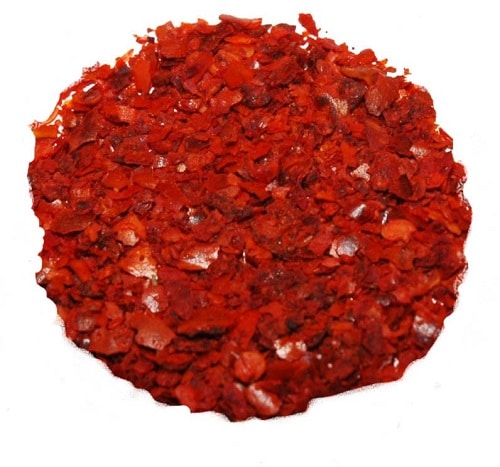
Aleppo pepper.
Capsicum comes from the word capsaicin — the active volatile oil in chili peppers. This variety of spice — especially paprika — is absolutely essential to many of the most famous barbeque rubs created and sold in America today. Paprika’s bittersweet flavor adds depth, intensity, and a deep red hue to barbeque rubs. American-style ribs would not be the same without this color and flavor. Capsicums in the form of chili peppers add a huge variety of heat and spiciness to blends. Be careful in their use because a little can go a long way. Chili peppers offer a variety of flavor and ethnic characterization that is infinite in variety. From the smoky-heat of chipotle (mesquite smoked jalapeno) to the brightness of a Santaka (Indian) chili and on to the raisin-like tobacco notes in ancho chili, capsicums are quintessential to most barbeque and grilling rubs.
Sea Salt & Earth Salt

Various sea salts.
Salt was inevitably the original outdoor food seasoning, now available in hundreds of forms and flavors and obtained from sea, mine, and quarry locations globally. The once humble mineral will now potentially put a serious dent in your wallet when you start to seek out and discover premium varieties like Maldon Sea Salt, Iles de Reyes, and of course, Fleur de Sel — Flower of the Sea. Even more intense are the newly created smoked sea salts. Alder wood, apple, mesquite, and hickory are all smoked sea salt flavors that bring an intense and earthy smokiness to salt. Some restaurant chefs are using these salts to mask that they do not have a grill in their restaurant as they impart smoke-like aroma and flavor in their creations.
Spice Blending
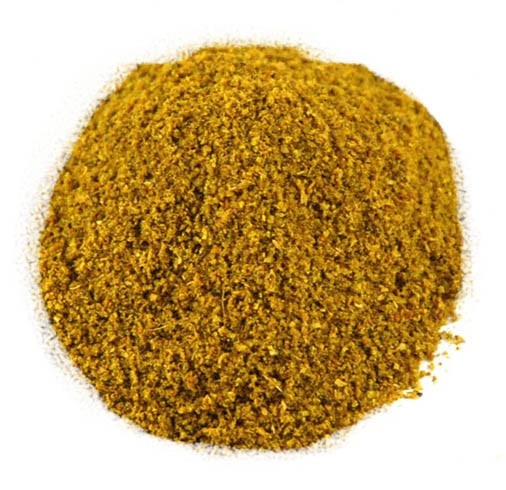
Madras curry powder.
If these different elements make up the fundamental essence of spices, then spice blends are typically common, proven combinations of spices, herbs, citrus, seeds, onion and garlic, peppercorns, salt, sweeteners, and capsicums.
Like the Sun Brand Curry there are hundreds, if not thousands, of commercial spice blends that you may use to enhance the flavor of your meal — prepared inside or grilled outside. What we are trying to accomplish here is the ability to create four signature spice blends that will be affordable, consistent, innovative, creative, and unique to your kitchen. A signature spice blend will make your steak, salmon, chicken, or kebab a meal that your friends and family will enjoy and remember.
There are a huge variety of ways to blend spices. Here are two: For large quantities you can use a Cuisinart-type processor or spice grinder. Waring has come out with an outstanding new spice grinder which I use both at home and in my R&D kitchen. You may also grind spices individually in a mortar and pestle and then blend them in a plastic bag that you twist and hold as you shake it. (Make sure you twist the bag completely and don’t break it!)
Herbs De Provence
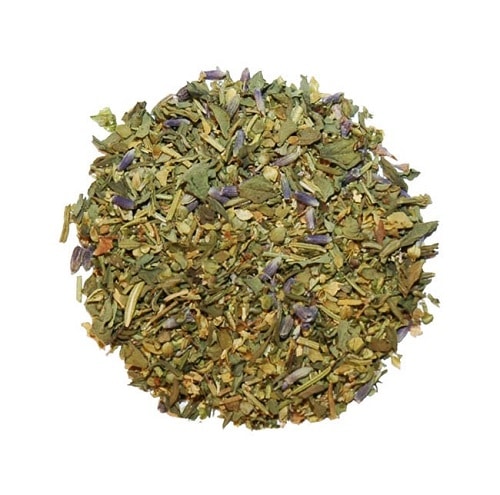
Herbs de Provence was developed by famous chef Auguste Escoffier, and his recipe would look something like this:
- 1 Tablespoon (T) Rosemary
- 1 T Basil Leaves
- 1 T Mediterranean Oregano
- 1 T Marjoram Leaves
- 1 T Thyme Leaves
- 1 teaspoon (t) Lavender Ultra-Super-Blue
Gently mix the herbs together until well blended. You may add parsley, tarragon, sage, and/or other herbs to this recipe. You may rub the blended herbs directly onto fish, chicken, or lamb, but I usually add 1 T of garlic, 1 T of Maldon Sea Salt, and 1 T of capers to the above blend and sprinkle evenly over a salmon fillet. I add 1/4 of a thinly sliced red onion and then 1 cup of white wine and 4 T of butter onto a 1/4 sheet pan and cook on a medium hot grill to create a wonderfully different outdoor meal. Cook until done — usually about 20 minutes. (This recipe also works very well in an oven.)
Barbeque Rib Rub
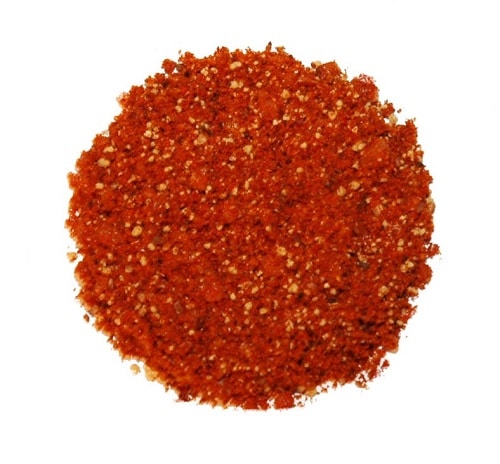
- 1 T of Ground Ancho Chili
- 1 T of Smoked Paprika
- 1 T of Brown Sugar
- 1 T of Maldon Sea Salt (Kosher salt is optional)
- 1 t of Cumin Seed, Ground (toasting is optional)
- 1 t of Coriander Seed, Ground (toasting is optional)
- 1 t of Mustard Powder
- 1/2 t of Black Pepper, Freshly Ground
- 1/4 t of Cayenne Pepper (optional)
I prefer to cook my ribs in a smoker rather than on a grill, but you can do this on a grill if you use indirect heat and cook low and slow turning often (225 degrees or lower). I also put my ribs in a raised rack pan to keep them from direct contact with the metal. I cook my ribs for 4-6 hours. Paint the rub on heavily. You may add this entire rub to 1/2 cup of olive oil to create a paste and then apply liberally to all facets of the ribs. This recipe will work well with either beef or pork ribs but I recommend pork.
Steak Seasoning

- 2 T of Four Pepper Blend (Black, White, Green, and Pink), Freshly Ground
- 1/2 T Smoked Sea Salt (I use Alder Wood Smoked Sea Salt)
- 1 T of Dried Minced Garlic
- 1 T of Dried Minced Onion
- 1 T of Coriander Seed, Ground (Toasted)
- 1 t of Cumin Seed, Ground (Toasted)
- 1 t of Freshly Zested Orange Peel
- 1/4 t of Dill Seed, Ground
Blend the spices thoroughly. Sprinkle liberally on steaks, burgers, or chops. Use the grilling technique as outlined here on AoM to prepare the perfect steak.
Burger Spice
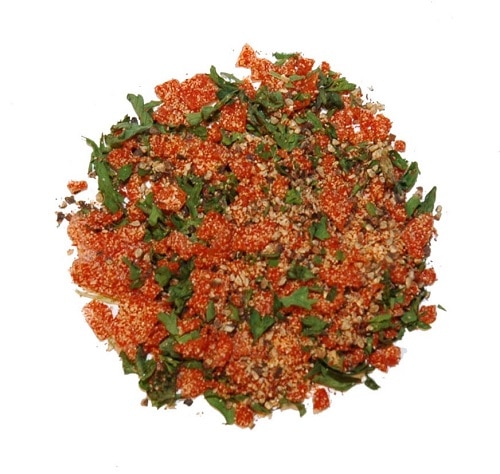
- 1 T of Granulated Garlic
- 1 T of Black Pepper, Freshly Ground
- 1 T of Dried Parsley
- 1 T of Maldon Sea Salt
- 1 t of Smoked Paprika
- 1/8 t of Cayenne Pepper
Conclusion
Ultimately, spice blending, and its use in cooking — indoors or outside — is based on family background or ethnic cuisine and is a way to distinguish different cuisines of the world. Much of American cuisine has morphed into the homogenized flavors and commonality of the fast-food and fast-casual restaurants. Challenge yourself to make and serve more dramatic and flavorful fare using a minimum of ingredients. The utilization of herbs and spices outside of our own cultural norms are what sets apart great food and memorable meals. As you gain experience in blending and using spices push yourself to try new blends, ingredients, and techniques for which your family and friends will smile and toast your newfound skills.
Use these simple guidelines and distinguish your own essence in the outdoor culinary world. Remember, these are guidelines and can be infinitely varied by changing a key ingredient or adding another. Hopefully this knowledge will add to this upcoming Independence Day and summer celebrations!
What are some of your favorite spices and blends for grilling?
_______________________
Tim Ziegler, a.k.a. ChefZieg.com, is a former Marine Captain, Chef, Entrepreneur, Father, Husband and Spice Master. He lives in Broomfield, Colorado with his wife Margaret and his two younger children whom he coaches in softball and baseball. He is colloquially known as – “The Chef Behind the Chefs” for his formulations that are used nationwide by chefs of greater renown.
All photos courtesy of Tim Ziegler and Italco Food Products.







